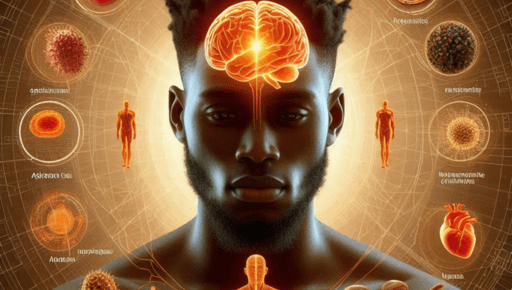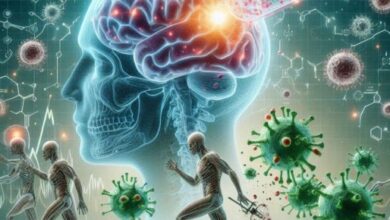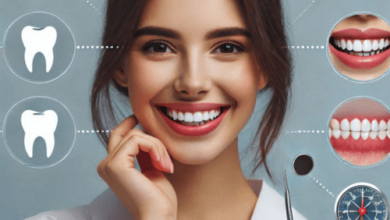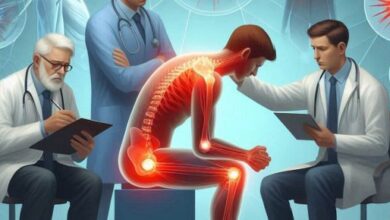
Medical clinics play a vital role in HIV/AIDS prevention and treatment. They provide essential services like testing, counseling, and medication. Clinics act as safe havens for those seeking help and information. In the same way as the menopause prospect lefferts gardens initiative addresses community needs, clinics focus on both education and support. By fostering a non-judgmental environment, they help individuals make informed decisions about their health.
Key Services Offered by Medical Clinics
Medical clinics provide several critical services in the fight against HIV/AIDS. These include:
- Testing and Screening: Early detection through testing helps in managing the virus effectively.
- Counseling: Offers emotional support and helps in understanding the condition better.
- Medication: Access to antiretrovirals that help manage the disease.
These services form the backbone of HIV/AIDS management and prevention. Early testing can lead to prompt treatment which improves health outcomes. Medication helps in controlling the virus, reducing the risk of transmission.
Impact on Public Health
Medical clinics have a significant impact on public health. They reduce the spread of HIV/AIDS by providing education and resources. Clinics also help in reducing the stigma associated with the disease. The U.S. Department of Health and Human Services highlights the importance of clinics in offering preventive care and treatment. HIV.gov serves as a valuable resource for more information on these efforts.
Through community outreach and education, clinics empower people to take charge of their health. They promote safer practices and encourage regular testing. This approach not only helps in individual health management but also benefits the community at large.
Comparison of Services
| Service | Benefit | Impact |
| Testing | Early detection | Improved health outcomes |
| Counseling | Emotional support | Reduced stigma |
| Medication | Virus management | Lower transmission risk |
Educational Initiatives
Medical clinics often run educational programs to raise awareness. They teach about the importance of regular testing and safe practices. These initiatives are crucial in reducing new infections. By providing factual information, clinics help dispel myths and combat misinformation.
Education also extends to healthcare providers. Clinics ensure that staff are well-informed and trained to offer the best care possible. This ongoing education is essential for adapting to new developments in HIV/AIDS treatment and prevention.
Conclusion
The role of medical clinics in HIV/AIDS prevention and treatment cannot be overstated. They provide the necessary infrastructure for testing, counseling, and medication. By offering these services, clinics help manage the disease effectively and curb its spread. The Centers for Disease Control and Prevention (CDC) emphasizes the importance of these services in their guidelines.
In summary, medical clinics serve as pillars of support and education in the community. They offer a blend of medical care and emotional support, helping individuals live healthier lives. By focusing on prevention and treatment, clinics play a crucial role in the global fight against HIV/AIDS.




